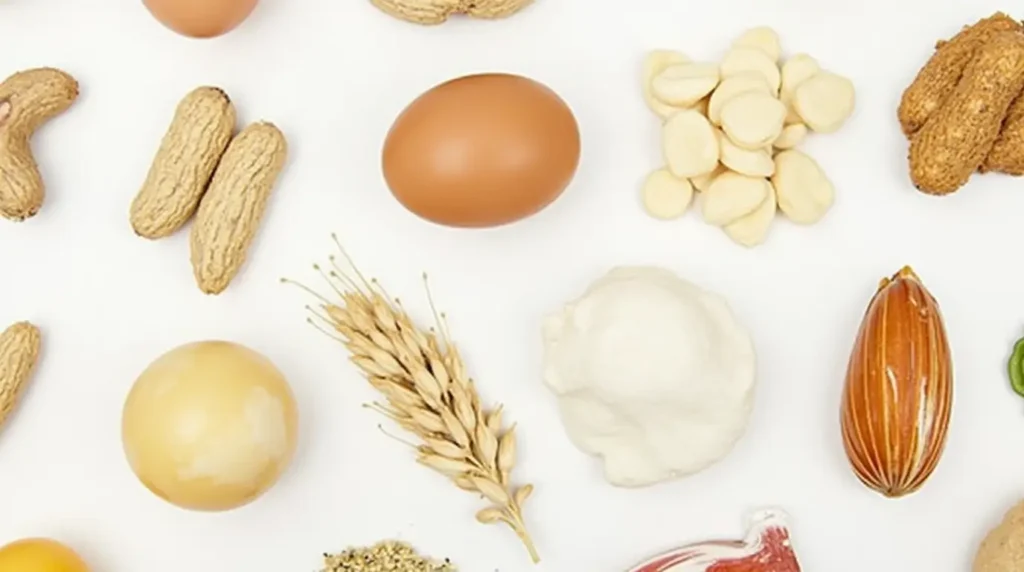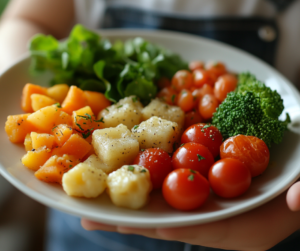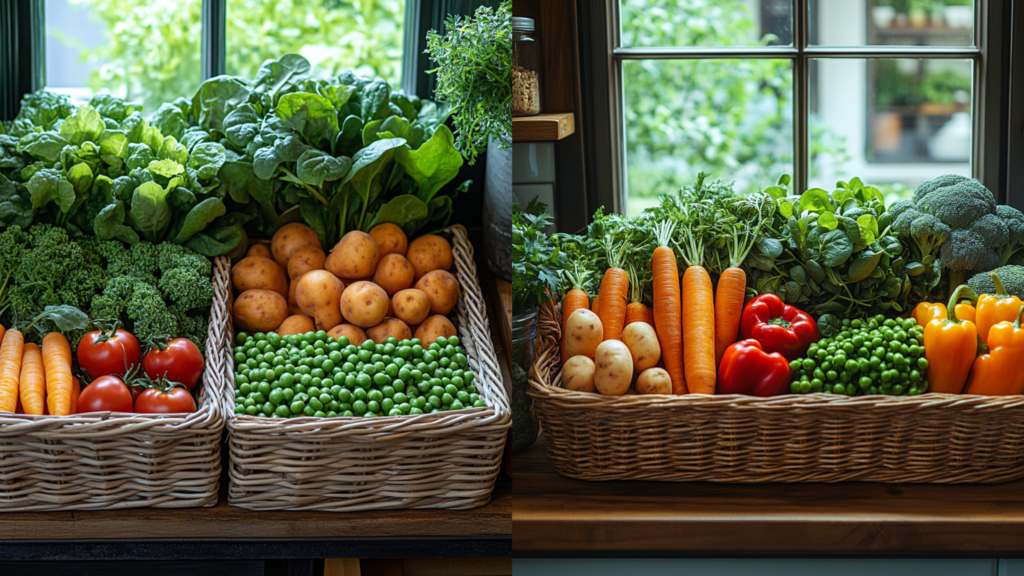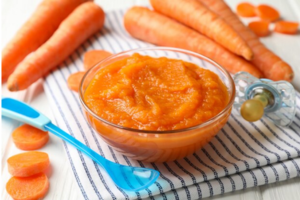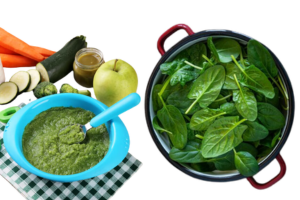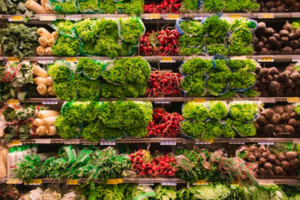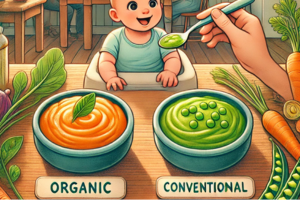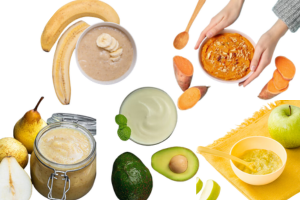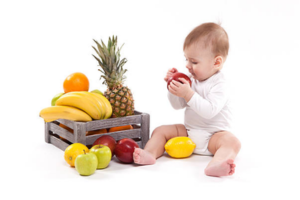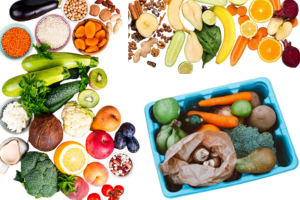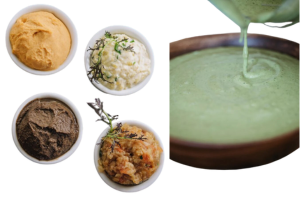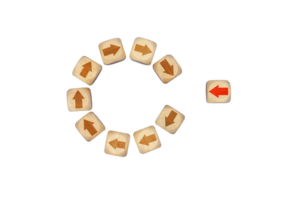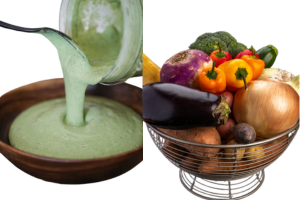Introduction
Embarking on the journey of introducing solid foods to your baby is both exciting and a tad overwhelming. With countless options lining supermarket shelves, it’s easy to grab a jar and call it a day. But have you ever considered whipping up your own homemade baby food? Not only does it offer peace of mind knowing exactly what’s going into your baby’s tummy, but it also allows for a burst of creativity in the kitchen. Let’s dive into the world of homemade baby food and explore how you can serve up nutritious, delectable meals for your little munchkin.
Why Choose Homemade Baby Food?
Nutritional Benefits
You’re in the driver’s seat when you prepare baby food at home. You select fresh, wholesome ingredients, ensuring your baby gets the best nutrients without unnecessary additives or preservatives. Plus, you can tailor meals to suit your baby’s specific needs and preferences.
Cost-Effective
Store-bought baby food can take a toll on your wallet. You can save a pretty penny by purchasing fresh produce in bulk and preparing it yourself. Moreover, homemade baby food allows you to utilize seasonal fruits and veggies, which are often more affordable and flavorful.
Environmental Impact
Think about all those tiny jars and plastic containers. By making baby food at home, you reduce waste and your carbon footprint. It’s a small step towards a greener planet and every bit counts!
Getting Started: The Basics
Essential Tools
You don’t need a state-of-the-art kitchen to whip up baby food. Here’s a simple list to get you started:
- Blender or Food Processor: For pureeing foods to the desired consistency.
- Steamer Basket: Retains nutrients while cooking fruits and vegetables.
- Ice Cube Trays: Perfect for portioning and freezing small servings.
- Storage Containers: BPA-free containers to store and transport meals.
Choosing Ingredients
Opt for organic produce when possible to minimize exposure to pesticides. Fresh, in-season fruits and vegetables taste better and offer superior nutrition. Remember, variety is the spice of life! Introducing a range of foods ensures your baby receives a balanced diet and helps develop their palate.

Age-Appropriate Foods
At this stage, it’s all about introducing simple, single-ingredient purees. Here are some baby-friendly options for Homemade Baby Food:
- Rice Cereal: A classic first food, easy to digest and iron-fortified.
- Mashed Avocado: Creamy texture and packed with healthy fats.
- Pureed Sweet Potatoes: Naturally sweet and rich in beta-carotene.
- Banana Mash: Soft, sweet, and gentle on the tummy.
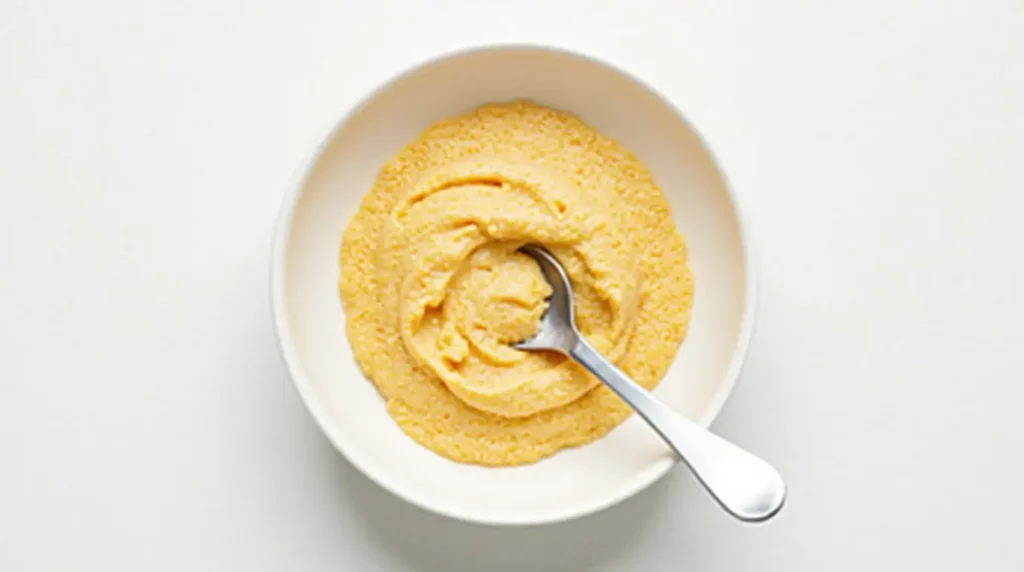
As your baby grows, so does their culinary curiosity. Introduce more variety with these options:
- Pureed Peas: A mild flavor and a good source of vitamins.
- Mashed Carrots: Slightly sweet and loaded with vitamin A.
- Apple Sauce: Stewed and pureed apples without added sugar.
- Butternut Squash Puree: Smooth texture and a hint of sweetness.

It’s time to add a bit of texture to those purees. Think mashed foods and small, soft chunks:
- Mashed Lentils: Protein-packed and easy to digest.
- Soft Scrambled Eggs: Ensure they’re fully cooked; a great source of protein.
- Mashed Berries: Blueberries or strawberries are mashed for a burst of flavor.
- Cooked Pasta: Small pieces of soft pasta, perfect for tiny hands.
10-12 Months: Mini Meals
Your little one is gearing up to eat what the family’s eating. Here are some ideas:
- Shredded Chicken: Soft pieces mixed with veggies.
- Steamed Broccoli Florets: Easy to hold and packed with nutrients.
- Cheese Cubes: Mild cheeses cut into small pieces.
- Whole Grain Toast: Small, soft pieces, perhaps topped with a thin layer of nut butter.
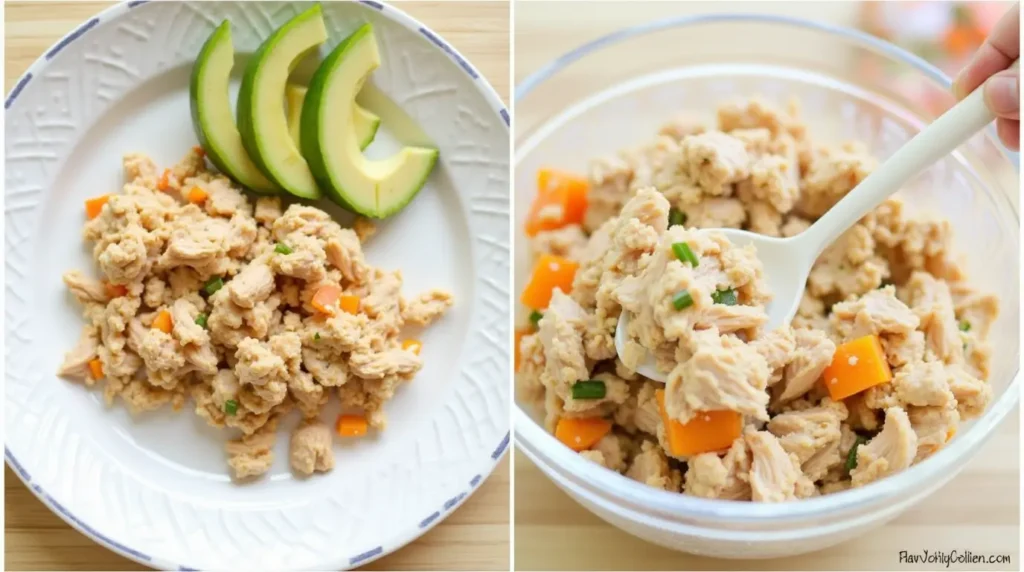
Tips for Success
- Introduce One Food at a Time: Wait 3–5 days before introducing another to monitor for allergies.
- Mind the Texture: Start with smooth purees and gradually introduce more texture as your baby grows.
- Stay Hygienic: Always wash your hands, utensils, and produce thoroughly.
- Avoid Added Salt and Sugar: Let the natural flavors shine through.
FAQs
How long can I store homemade baby food?
Can I use frozen fruits and vegetables?
When can I introduce allergens like peanuts or eggs?
How do I reheat frozen baby food?
Conclusion
Diving into the world of homemade baby food is a rewarding endeavor that benefits you and your little one. It fosters healthy eating habits, ensures optimal nutrition, and can be a fun culinary adventure. So, tie on that apron, fire up the blender, and create delicious, wholesome meals tailored just for your baby. Happy cooking!




